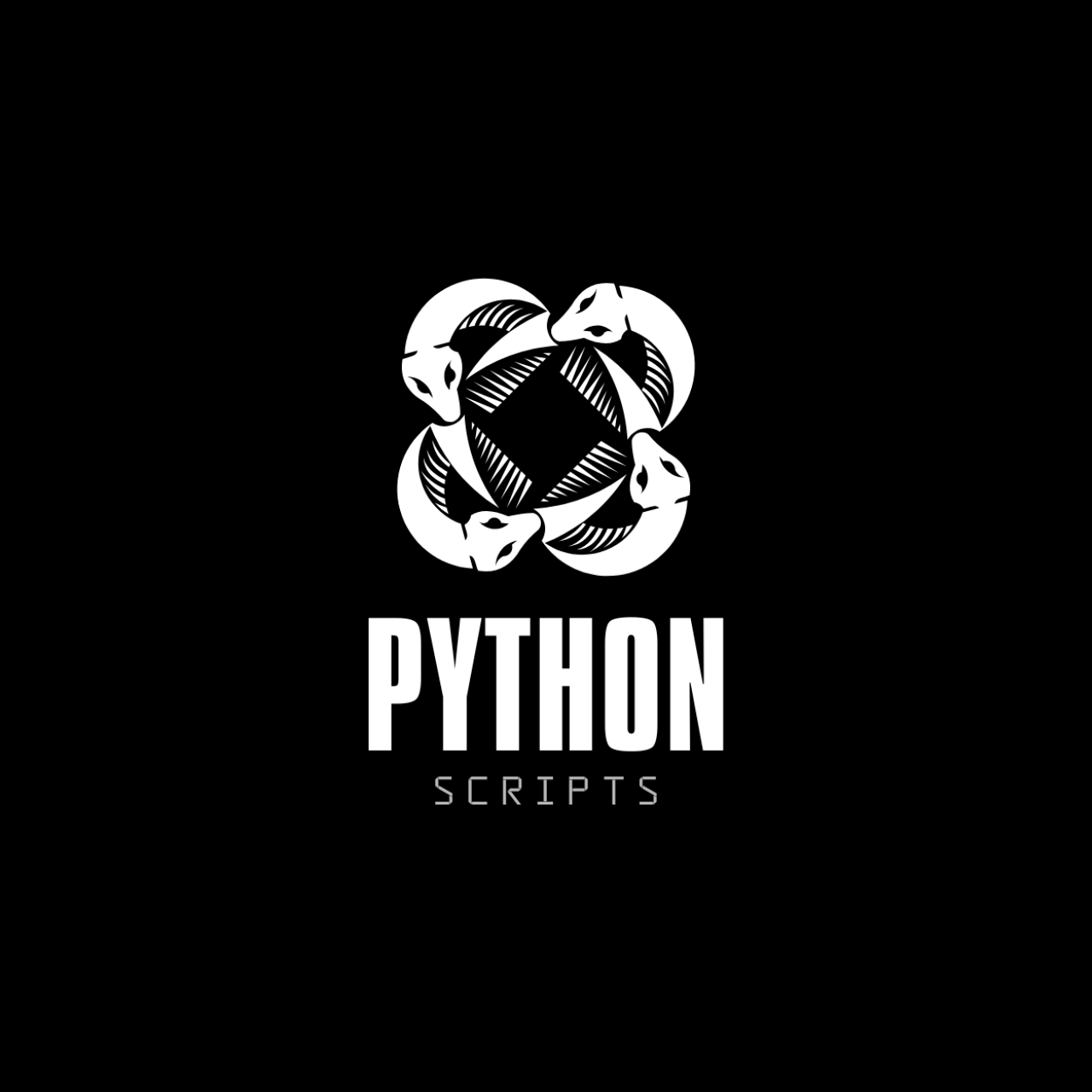Python Basics: What You Need to Know to Run Your First Code

# Python Basics: What You Need to Know to Run Your First Code
Python is one of the most beginner-friendly programming languages, making it a popular choice for those just starting out in coding. 😊 If you're ready to write and execute your first Python code, this guide will cover the essential basics to help you get started. 🚀
---
## Why Learn Python?
Python is versatile, easy to read, and widely used in industries like web development, data science, artificial intelligence, and more. 🌐 Its simplicity allows beginners to focus on learning core programming concepts without being overwhelmed by complex syntax. 💡
---
## Setting Up Python
Before you start coding, you'll need to set up Python on your computer:
1. **Download and Install Python**
- Visit the [official Python website](https://www.python.org/) and download the latest version.
- Ensure you check the option to add Python to your system PATH during installation. 🖥️
2. **Choose a Code Editor**
- You can use a simple text editor like Notepad, but it's better to use an Integrated Development Environment (IDE) such as:
- [VS Code](https://code.visualstudio.com/)
- [PyCharm](https://www.jetbrains.com/pycharm/)
- [Jupyter Notebook](https://jupyter.org/), ideal for interactive coding. ✍️
3. **Verify Installation**
- Open your terminal or command prompt.
- Type `python --version` or `python3 --version` to confirm Python is installed. ✅
---
## Writing Your First Python Code
Here's how you can write and run your first Python program:
1. Open your code editor.
2. Type the following code:
```python
print("Hello, World! 👋")
```
3. Save the file with a `.py` extension (e.g., `hello.py`).
4. Run the file:
- Open the terminal in the file's directory.
- Type `python hello.py` and press Enter.
You should see `Hello, World! 👋` printed in the terminal. 🎉
---
## Basic Concepts Every Beginner Should Know
### 1. **Variables and Data Types**
Variables are used to store data. Python supports multiple data types:
```python
# Examples of variables
name = "Alice" # String
age = 25 # Integer
height = 5.6 # Float
is_student = True # Boolean
```
### 2. **Input and Output**
Get user input and display output:
```python
name = input("What is your name? 😊 ")
print("Hello, " + name + "! 🌟")
```
### 3. **Control Flow (if-else)**
Make decisions in your code:
```python
age = int(input("Enter your age: "))
if age >= 18:
print("You are an adult. 🧑💼")
else:
print("You are a minor. 🧒")
```
### 4. **Loops**
Repeat actions using loops:
#### For Loop:
```python
for i in range(5):
print("Iteration:", i)
```
#### While Loop:
```python
count = 0
while count < 5:
print("Count is", count)
count += 1
```
### 5. **Functions**
Reusable blocks of code:
```python
def greet(name):
print("Hello, " + name + "! 👋")
greet("Alice")
greet("Bob")
```
---
## Debugging Your Code
Errors are common when programming. Here are tips for debugging:
- **Syntax Errors**: Ensure your code follows Python's rules. 📜
- **Indentation Errors**: Python uses indentation to define code blocks, so be consistent. 🧩
- **Use Print Statements**: Add `print()` to check values and flow of execution. 🖨️
- **Read Error Messages**: Python provides clear error messages to help you identify issues. 🛠️
---
## Learning Resources
To deepen your understanding, explore these resources:
- [Official Python Documentation](https://docs.python.org/3/)
- [W3Schools Python Tutorial](https://www.w3schools.com/python/)
- [Codecademy Python Course](https://www.codecademy.com/learn/learn-python-3)
---
By mastering these basics, you'll be well on your way to becoming proficient in Python. 🎯 Start experimenting with small projects, and don't hesitate to ask for help or explore the vast community of Python developers. 🌟














